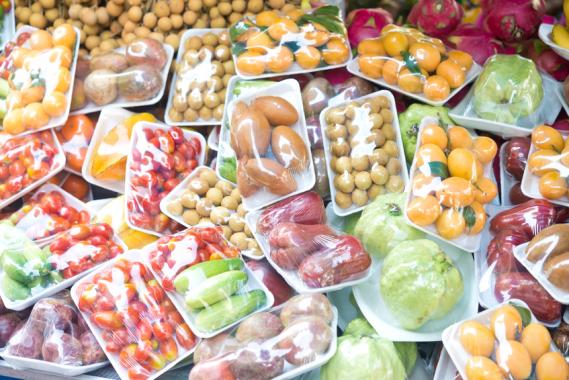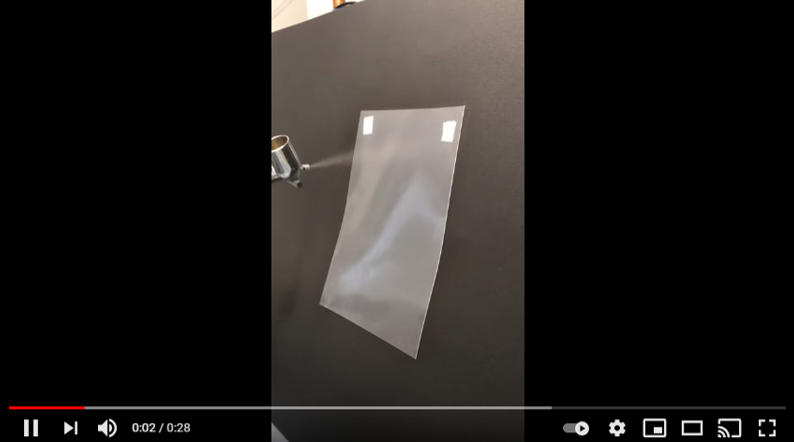Active packaging in plastic materials
New “active” packaging improves food preservation
Problem: Every year in Europe 25 million tons of plastic waste are generated, only 30% of which are recycled. The European Commission develops a strategy to protect the environment and start a new economy by investing in research into advanced packaging materials, free of harmful substances and more easily recyclable.
The next future Food Innovation will be about packaging rather than food. In particular, active packaging defined as packaging that has been modified with specific functionalities can increase shelf life, improving food storage and logistics.

State of the Art: Currently there are no active materials on the market that are made up of self-preserving package in which the antimicrobial compound is irreversibly attached to the packaging.
Solution: Change the traditional plastic packaging (for example PP, PET, etc.) by grafting (attaching permanently) preservatives, oxygen barriers to the packaging itself. These preservatives/substances increase shelf life, are not released from the packaging, and do not contaminate the food stored inside.
Active packaging is also of considerable interest in other industrial fields, such as pharmaceuticals.


